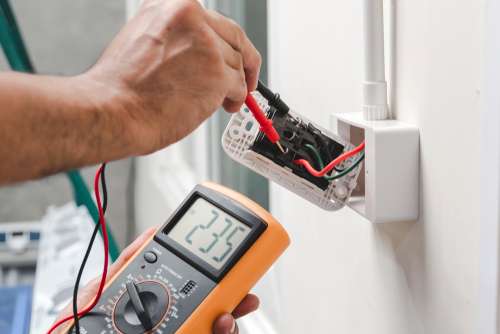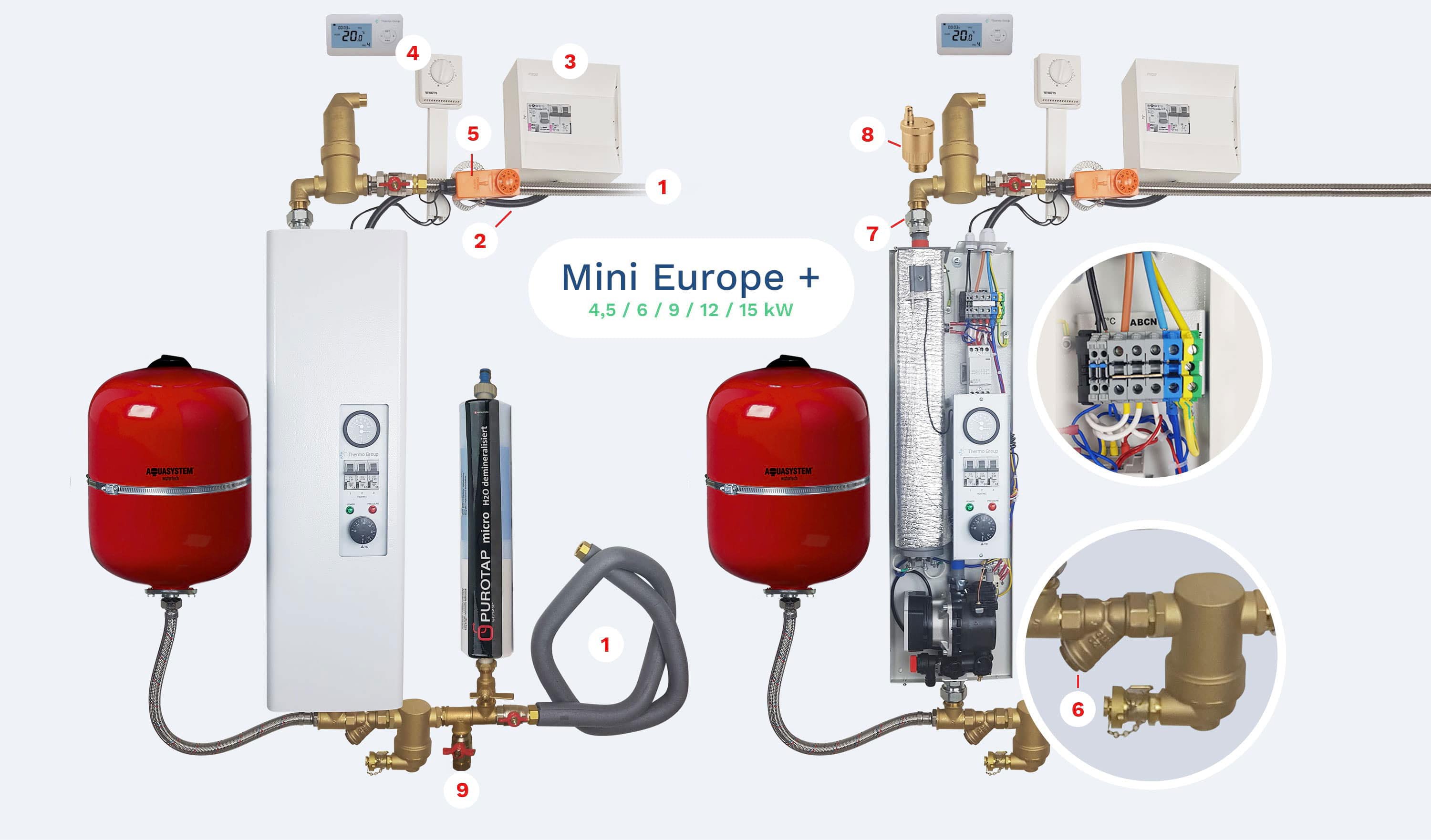
Connecting an electric boiler is particularly easy, which is why many people embark on the project of installing this heating system during the construction of their home or renovation. What do you need to know before connecting an boiler electricHow should we go about it? What are the advantages of such a connection?
Steps to follow when connecting an electric boiler
Prerequisites for connecting an electric
boiler The electric can be used as the main heating for a small-area dwelling. Otherwise, it can be used as an auxiliary heater, in addition to other devices such as the heat pump. Connecting and installing an electric boiler does not present major difficulties. In practice, it is possible to link this heating device directly to underfloor heating, radiators or even a hot water tank fordomestic water or DHW.
If you choose a wall-mounted electric boiler, you must be sure that its support is firmly fixed to support the weight, once the device is filled with water. Carefully read the mounting instructions. In addition, the electric boiler must be equipped with insulated ducts to prevent heat from escaping or possible heat loss.
Whatever the intended use, it is necessary to be vigilant on certain points before connection andinstallation. The first is where you install the electric boiler. Indeed, make sure that it is not exposed to humidity. A dry, clean and easily accessible place is highly recommended. Conveniently, an easily accessible location makes it easy to adjust the electric boiler and repair it when needed. Generally, the electric boiler is small in size. Indeed, it is possible to carry out its installation and its connection without encountering major problems.
In practice, the connection of the electric boiler to the electrical and hydraulic installation of the dwelling must be carried out so that you can then use it and regulate the heat throughout the dwelling. A thermostat can be delivered with the device, this component makes it possible to benefit from a regulation system, easy to use and more perfected. The last step is to start the electric boiler, while checking the proper functioning of the installation.
Good to know: a heating network must include safety components for it to work properly.
Connecting the water pipes of an electric boiler
Once the preparatory stage is complete, begin the procedure forinstalling the boiler. To do this, you must connect the electric boiler to the hydraulic circuit of the place where you live. The installation of the piping of the electric boiler consists in particular of carrying out the connection of exit and entry of the apparatus.
A tap, connected to unions between the pipes, facilitates the maintenance of the boiler. You should carefully check the insulation of connecting pipes, usually threaded steel, or steel and copper, especially if the electric boiler is installed in an unheated area.
The installation of a safety valve is necessary. This hydraulic component will ensure the evacuation of steam in the event of a large, unforeseen increase in pressure. In addition, its exhaust must be connected by a fitting with a drain hose. This evacuation system must be positioned downwards in order to guarantee complete emptying. You discover here the accessories for hydraulic heating system.
Connecting the electrical of an electric boiler
Concerning the electrical connection of the boiler, first of all, you must ensure that the characteristics of the cables comply with NF standards. And to ensure safety, this type of device must be grounded. In addition, the electrical installation must be connected to a circuit and be protected by a power cut circuit breaker with the appropriate characteristics. Before handling, carefully read the instructions supplied with the device to ensure that the wiring complies with French standards.
Good to know :
Before lighting the electric boiler, check that the connection of the electric boiler to the electrical and hydraulic system of your house is correct. Check for leaks in system elements after filling withwater and starting the electric boiler. The absence of leaks makes it possible to obtain the best efficiency in terms of heating. You must also ensure that the safety valve must not obstruct by any element. In addition, the installation of air vents is necessary if there is air in the boiler.
Electrical connection of the boiler: the NFC 15-100
standard This NF concerns the regulation of any low-voltage electrical installation in residential buildings and the conditions for protecting the electrical circuit of a boiler. This standard requires that electrical installations include dedicated safety equipment, visit this link on the NFC 15-100 standard for more information.
Schedule maintenance
After connecting the electric boiler, you can proceed to use it in complete safety. True, mandatory maintenance is not required for the electric boiler in particular. However, systematic maintenance can be carried out to optimize its performance. On this point, know that the electric boiler is characterized in particular by its high performance. This is one of the strengths of this heating system. Its rate of efficiency is in the neighborhood of 100%, that is to say a loss ofenergy almost nil. It is for this reason that the electric boiler is one of the most popular heating systems for individuals. It is a heating equipment with the bestefficiency.
During this step, you must check the water pressure and clean the radiators. They are purged annually.
Idea on the advantages of connecting the electric boiler
As regards the connection of the electric boiler, the latter is connected directly to the existing installation, ie to an electrical connection and to a hydraulic kit. This does not require a connection for the evacuation of fumes. The installation of an electric boiler and its connection are easy both in a new home and in a home being renovated.

